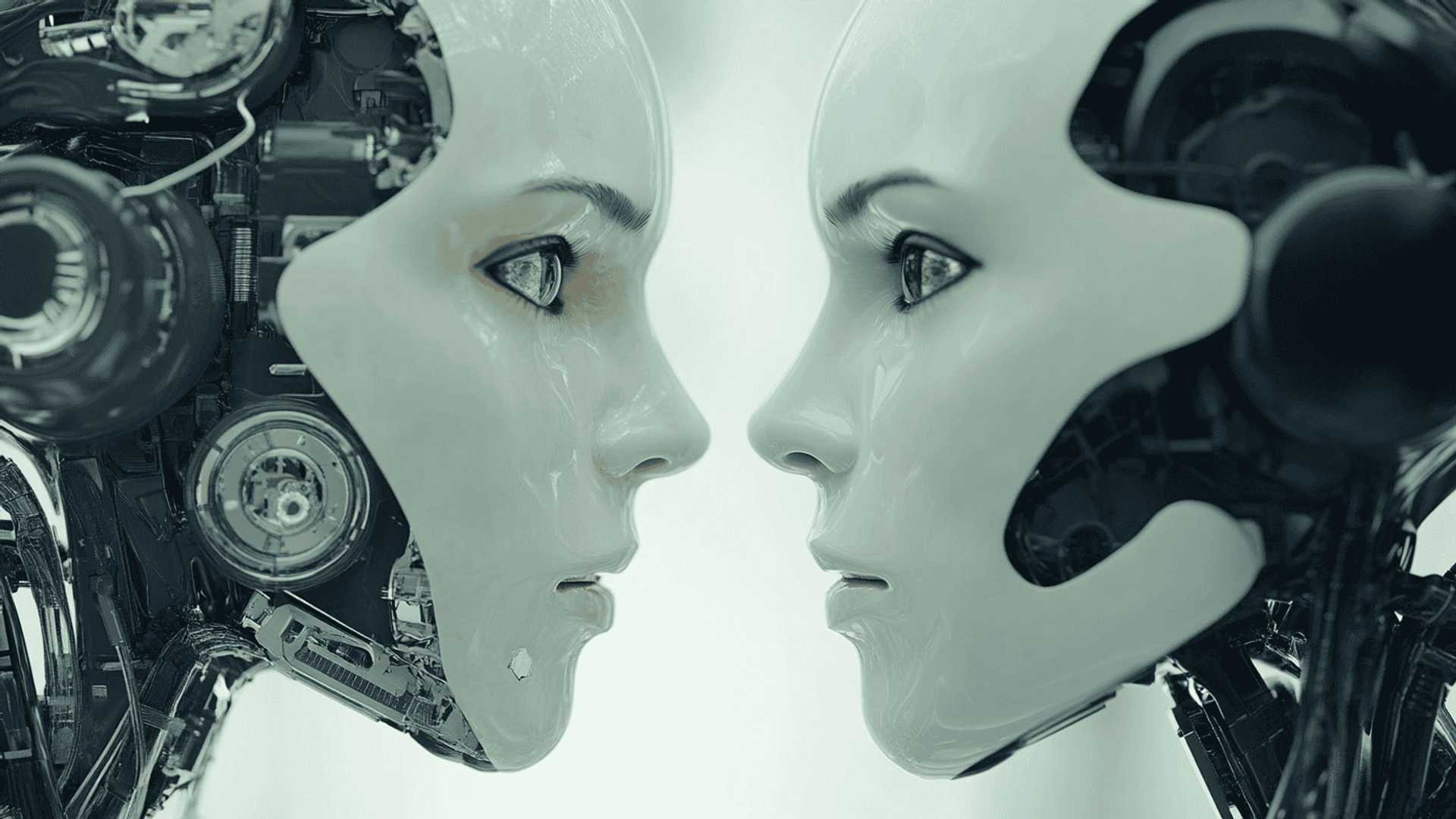ChatGPT's artificial empathy is a language trick. Here's how it works
Chatbots have the ability to mimic empathy, although they do not actually feel it. This phenomenon is known as anthropomorphism, where human traits are attributed to non-human entities like animals or machines. Chatbots such as ChatGPT, Gemini, and Copilot go beyond basic language imitation to adopt human communication patterns, including emotions like humor and empathy.
![Conversational AI vs Generative [with Examples]](https://masterofcode.com/wp-content/uploads/2023/06/Conversational-AI-vs-Generative-AI-Comparison-1.png)
Artificial Intelligence and Subjectivity
Generative artificial intelligence (AI) is at the core of these chatbots, challenging the notion that language is a uniquely human trait. Human language is distinguished by subjectivity, which involves emotional nuances, personal opinions, and cultural elements. Personal pronouns like "I" and "you" play a crucial role in establishing intersubjectivity in communication.
Understanding Language Interaction
Chatbots use language that aims to create a natural and accessible interaction. By implicitly using first-person language and directly addressing the user with second-person pronouns like "you," chatbots simulate empathy and engage users in conversations. This strategic use of language makes users feel actively involved and appreciated.

Blurring Boundaries Between Human and Artificial
As AI technologies advance, the line between human and artificial communication blurs. Interactions with AI systems can influence our perceptions of authenticity, empathy, and conscious presence in communication. Continued exposure to simulated human interaction may impact our patience and ability to navigate real-life relationships.
Ethical and Philosophical Considerations
Attributing human qualities to AI entities raises ethical dilemmas and prompts discussions about robot rights and human consciousness. As we interact more with AI chatbots, our understanding of communication, relationships, and identity may shift, impacting how we engage with machines and each other.

This article is republished from The Conversation under a Creative Commons license. Read the original article.




















